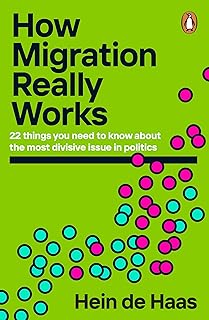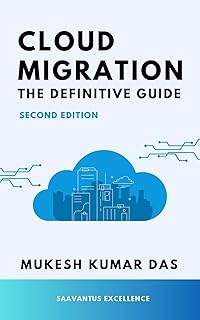International students have become a significant presence in Australia, with many choosing to stay in the country after completing their studies. The desire for work rights and permanent residency has been a driving force behind their decision to study in Australia. According to a study by Jobs & Skills Australia (JSA), nearly 70% of international higher education students view migration as a crucial factor in their educational pursuits.
Graduates, in particular, have been persistent in their efforts to secure permanent residency in Australia, with many transitioning from temporary visas to extend their stay. This trend has led to a substantial increase in the number of bridging visas issued by the Department of Home Affairs, surpassing 400,000 for the first time in the nation’s history.
The surge in bridging visas can be attributed to former students who are reluctant to return to their home countries. The Administrative Review Tribunal (ART) has experienced a significant backlog of appeals related to student visa refusals, indicating a growing challenge in managing international student migration.
As the number of appeals continues to rise, policymakers are faced with the task of reevaluating the recruitment and retention of international students. There is a call for a shift towards attracting high-quality students who are genuinely committed to their studies and contribute positively to the Australian community.
Proposed reforms include raising English-language requirements, implementing entrance exams for prospective students, and setting higher financial standards for international students. Limiting work hours and delinking work from permanent residency are also suggested measures to ensure a more sustainable approach to international student migration.
Furthermore, the focus should be on facilitating pathways for exceptional graduates in areas of genuine shortage and allowing postgraduate students to bring their family members. Australian universities, as non-profit entities, could contribute by providing adequate on-campus accommodation for international students, thus alleviating pressure on the rental market.
However, the government’s decision to increase the international student intake by 25,000 for 2026 and relax certain English-language requirements has raised concerns about the quality and sustainability of the international student program in Australia.
In conclusion, the debate surrounding work rights for international students underscores the need for a balanced and strategic approach to international education. By prioritizing quality over quantity and implementing targeted reforms, Australia can ensure that its international student program remains beneficial for both students and the broader community.
📰 Related Articles
- Policy Changes Impact Australian Universities’ International Student Recruitment
- International Students Find Sanctuary in Australian Education Amid Challenges
- International Student Exodus Sparks Financial Strain on Australian Universities
- Challenges Persist in Australian Student Visa Processing
- Balancing Benefits and Challenges: Australia’s International Student Policy Dilemma






